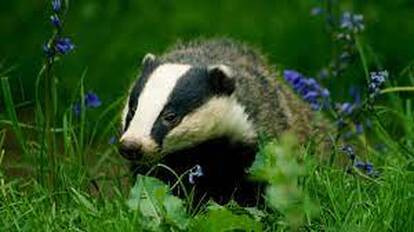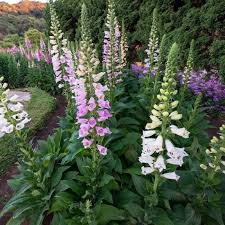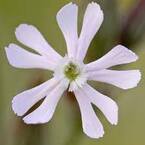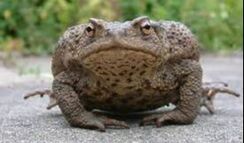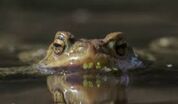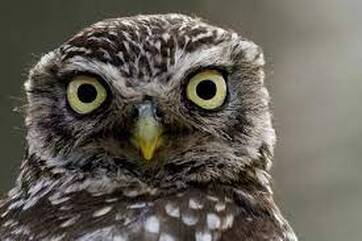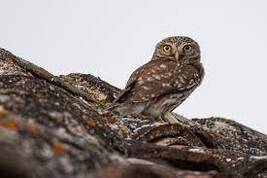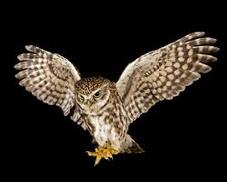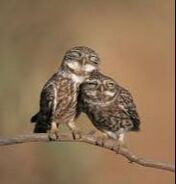Badger (Meles meles)Light summer evenings are ideal for watching badgers, especially the cubs. Most were born underground in February, or March further north, so are now 3–4 months old. Apart from their smaller size, cubs stand out for their high spirits as they play tag near to the sett at dusk, or romp around the family’s ‘playing tree’ – you can often spot this by the flattened earth and lack of vegetation at its base
|
Foxgloves (Digitalis purpurea)As with any flower, the foxglove’s appearance reveals its pollination strategy. The magenta hue is our first clue – this is the colour, along with yellow, that is most visible to bees. The petals’ tubular shape forms a funnel, at the bottom of which lies the sweet nectar, indicating that the pollinator needs a long proboscis. Sure enough, foxgloves are pollinated mainly by long-tongued bumblebees, such as the common carder bee and garden bumblebee. But short-tongued bees cheat by biting holes in the tubular blooms to steal the nectar.
|
Meadow grasshopper (Chorthippus parallelus)Grasslands are filling with the short, rattling song of the meadow grasshopper this month, with chorus lines formed by groups of males vying for the attention of the females. Although meadow grasshoppers are usually green, they are one of several species that can produce vivid pink individuals, a phenomenon known as erythrism.
|
All information from , British wildlife in April | BBC Wildlife Magazine - Discover Wildlife
